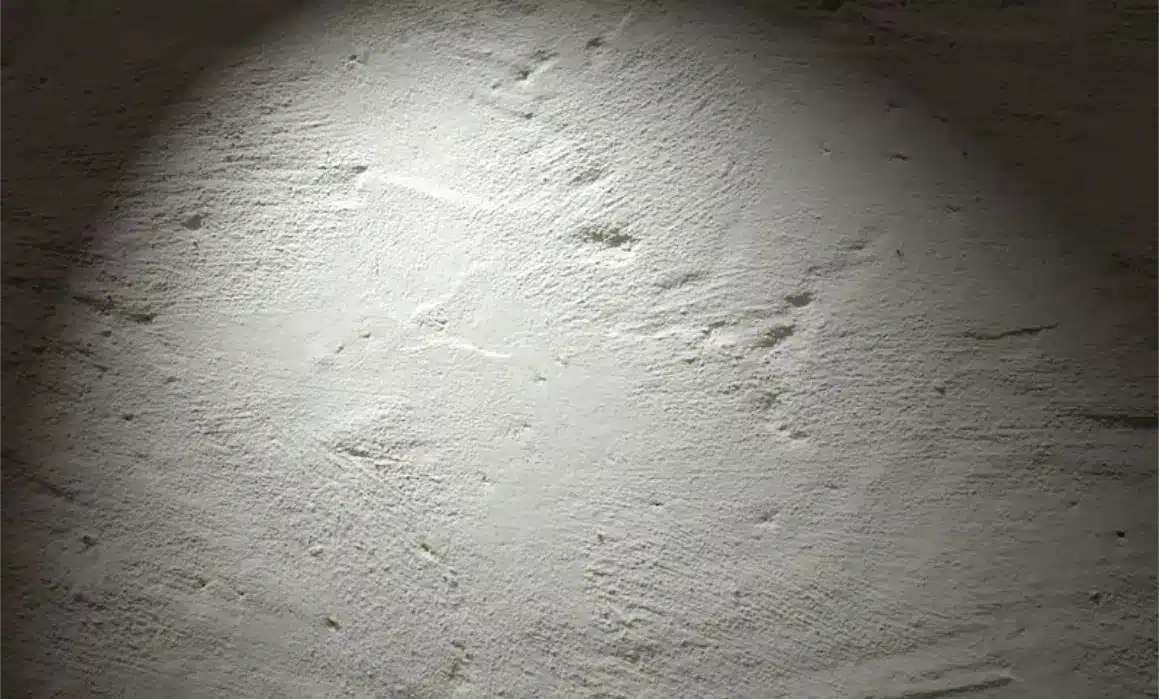Gypsum vs Cement. Our last blog talked about the growing popularity of flowing screed and the new material developments. So this time we’re letting you know just a little bit more about gypsum vs cement-based to help you make your flowing screed decision.
Gypsum-based
Gypsum-based flowing screeds were first introduced into the market in the early 1990s. Using gypsum as a binder helped eliminate some of the problems that cement can cause. For example, gypsum based materials do not shrink like cement does when drying and becoming solid. The stable nature of gypsum makes the formulation of flowing screed easier.
Concrete plants that were needed to produce the material initially resisted gypsum based materials. They were concerned with the cross-contamination between gypsum and cement and this concern was somewhat justified because the result of this can be very damaging. This resistance has now been largely overcome and many plants now produce gypsum materials but the requirement for good “housekeeping” is still a strict one.
The soft-flooring industry also resisted gypsum because of the belief that it was more difficult to apply floor finishes over it. This belief arises largely from a misunderstanding of how gypsum-based screeds dry, how long it takes before floor finishes can be applied and the methods and materials needed to apply floor finishes safely. Despite this belief, approximately 20% of the ‘thick section’ screed market in the UK is currently occupied by gypsum flowing screeds, though it is true that this percentage is much higher in many other countries.
Shrinkage Solution
There have been many attempts to produce flowing screeds based on cement over the years. None have, until now, completely resolved the issues resulting from shrinkage that occurs and so the materials have all failed to be reliable in use. The first real solution to this was brought to the market in 2011 by French cement-based materials company, Cemexa. They were able to control the shrinkage of the cement using a new system of chemistry to give the flowing screed stability and robustness which was comparable to the gypsum-based screeds.
Compared to gypsum, cement–based flowing screed using Cemexa’s technology (branded Cemfloor in the UK) is proven to be more reliable and quicker when drying. It also makes the preparation for floor finishes easier by being more compatible with the adhesives used. This option does command a price premium and, as with all things, the benefits will outweigh this on some projects and not on others.
Currently, having only been in the UK for a little over two years, Cement based flowing screed has been growing extraordinarily rapidly. Partly this is because of the previously unavailable benefits that it brings but partly because it has arrived at a time when the flowing screed market, in general, is growing at the expense of traditional, hand applied screeds. Sand and cement screed applied the “old way” is still the biggest part of the market by a large margin but, for the first time, it seems to be losing market at a substantial rate.
For more information on what type of screed is best for your future projects, contact Screed Giant at 0330 118 0952.
View our Exterior Screed Products
View our Floor Screed Products


